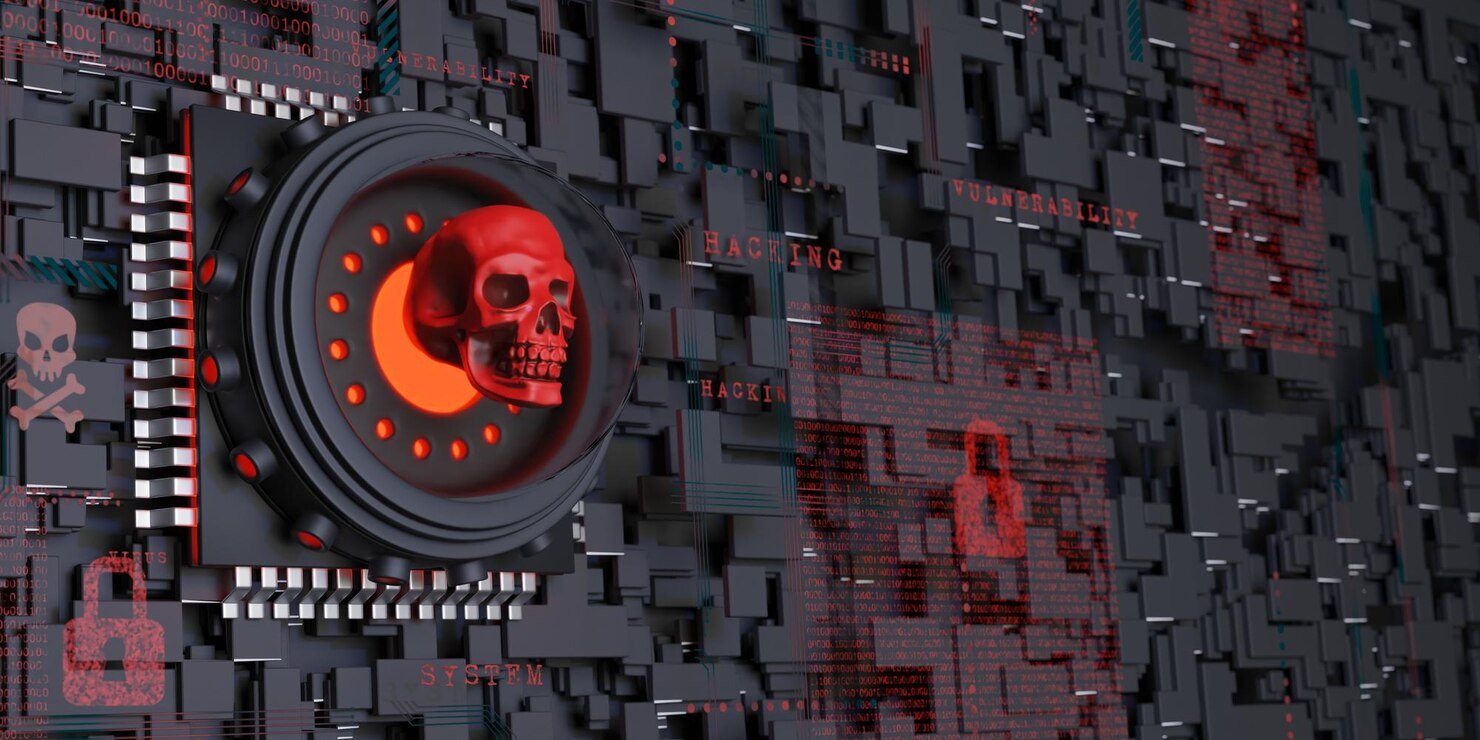In the digital realm, malware poses a significant threat to the security and integrity of WordPress websites. Malicious software, designed to infiltrate, damage, or gain unauthorized access to computer systems, can wreak havoc on your website, leading to data loss, downtime, and reputational damage. Preventing malware infections requires a proactive approach and the implementation of robust security measures. In this comprehensive guide, we’ll explore effective strategies for preventing malware on WordPress websites, with a focus on leveraging the powerful features of the WP Safe Zone plugin.
Understanding the Threat of Malware
Malware comes in various forms, including viruses, worms, ransomware, spyware, and adware, each with its own set of malicious objectives. Common vectors for malware infection on WordPress websites include:
- Vulnerable Software: Outdated versions of WordPress core, plugins, and themes may contain security vulnerabilities that can be exploited by malware.
- Compromised Credentials: Weak or compromised user credentials, such as passwords, can provide attackers with unauthorized access to your website.
- Malicious Code Injection: Hackers may inject malicious code into your website files or databases through vulnerabilities like SQL injection or cross-site scripting (XSS) attacks.
- Third-Party Integrations: Plugins and themes obtained from untrustworthy sources or without proper vetting may contain hidden malware payloads.

How Do I Prevent Malware on WordPress?
Prevent malware infections requires a multi-layered approach that addresses vulnerabilities at various levels of your WordPress website. Here are some proactive strategies you can implement to reduce the risk of malware:
1. Keep Software Updated
Regularly updating your WordPress core, plugins, and themes is crucial for patching known security vulnerabilities and mitigating the risk of malware infections. Enable automatic updates whenever possible to ensure that your website remains protected against emerging threats.
2. Implement Strong Password Policies
Enforce strong password policies for user accounts, requiring complex passwords comprising a combination of letters, numbers, and special characters. Consider implementing multi-factor authentication (MFA) to add an extra layer of security to user logins and prevent unauthorized access.
3. Secure Your Website Hosting Environment
Choose a reputable web hosting provider that prioritizes security and offers features such as firewalls, intrusion detection systems (IDS), malware scanning, and regular server-side security updates. Consider opting for managed WordPress hosting services that handle security tasks on your behalf.
4. Use HTTPS Encryption
Encrypting data transmitted between your website and its visitors using HTTPS (HyperText Transfer Protocol Secure) helps prevent eavesdropping and tampering by malicious actors. Obtain an SSL (Secure Sockets Layer) certificate for your website and configure HTTPS encryption to protect sensitive information such as login credentials and personal data.
5. Employ Website Firewall Protection
Implementing a web application firewall (WAF) provides an additional layer of defense against malware and other cyber threats. A WAF, such as the one offered by the WP Safe Zone plugin, helps block malicious traffic, prevent brute-force attacks, and mitigate common web-based vulnerabilities like SQL injection and XSS.
6. Perform Regular Security Audits
Conducting regular security audits of your WordPress website helps identify and address potential vulnerabilities before they can be exploited by malware. Use reputable security tools to scan your website for malware infections, outdated software, weak passwords, and other security issues. Address any identified vulnerabilities promptly to reduce the risk of exploitation.
7. Backup Your Website Regularly
Maintaining up-to-date backups of your website files, databases, and configuration settings is essential for recovering from malware infections and data loss incidents. Implement a robust backup strategy that includes regularly scheduled backups stored securely in off-site locations or cloud storage services.
Leveraging WP Safe Zone for Enhanced Protection
While implementing the aforementioned strategies is crucial for preventing malware on WordPress websites, integrating dedicated security plugins can further strengthen your defenses. WP Safe Zone stands out as a comprehensive security solution for WordPress websites, offering advanced features such as firewall protection, malware scanning, login security enhancements, real-time alerts, and security hardening measures.
By integrating WP Safe Zone into your website security arsenal, you can enhance protection against malware and other cyber threats, safeguarding your website’s integrity and ensuring a secure online experience for your visitors. With its user-friendly interface, regular updates, and dedicated support, WP Safe Zone empowers WordPress users to take proactive steps towards preventing malware infections and maintaining a secure online presence.
Conclusion
In conclusion, preventing malware on WordPress websites requires a proactive approach and the implementation of robust security measures. By keeping software updated, enforcing strong password policies, securing your hosting environment, using HTTPS encryption, employing website firewall protection, performing regular security audits, backing up your website regularly, and leveraging dedicated security plugins like WP Safe Zone, you can significantly reduce the risk of malware infections and protect your website from cyber threats. Remember that investing in website security today can save you from costly repercussions tomorrow, ensuring a safe and secure online environment for you and your visitors



